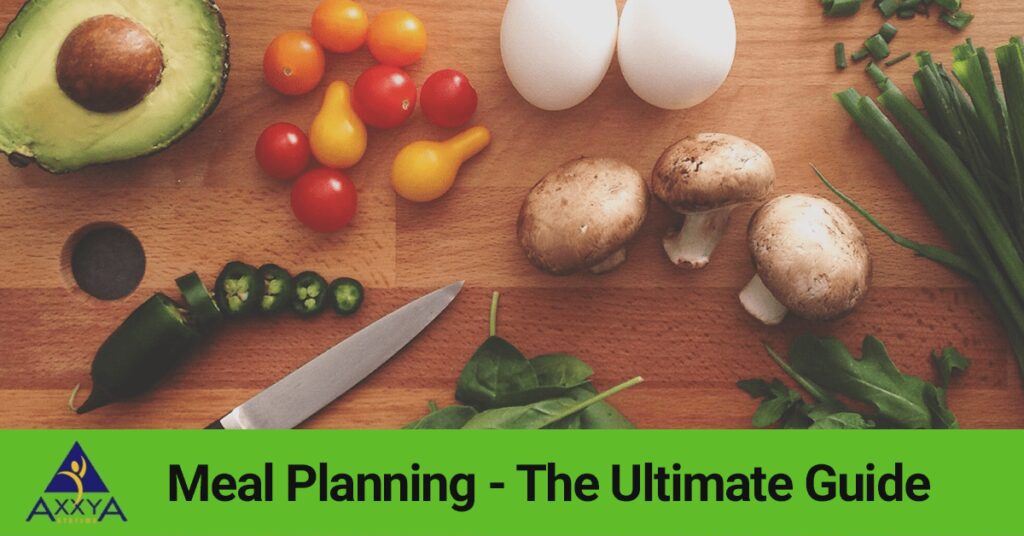The key to successful meal planning is being organized and strategic in your grocery shopping. Before hitting the store, plan your menu for the week using a meal planning app or pen and paper. Create a grocery list and organize it by category to avoid impulse purchases and stick to your budget. Stick to the perimeter of the store, buy in bulk, purchase frozen produce, incorporate plant-based proteins, and stick to sale items, store brands, and coupons to save money. With practice, you’ll become a grocery shopping pro and have delicious, healthy meals all week long.
The Ultimate Guide to Grocery Shopping for Meal Planning
When it comes to meal planning, the key to success is being prepared. One of the best ways to prepare is to be organized and strategic in your grocery shopping. With a little bit of planning and know-how, you can save time, money, and have delicious, healthy meals all week long. In this guide, we’ll provide tips and tricks on how to navigate the grocery store like a pro, and create a week’s worth of meals that are both nutritious and easy to make.
Plan Your Menu
Before you hit the grocery store, it’s important to have a plan. This means knowing what you are going to make for breakfast, lunch, dinner, and snacks for the entire week. There are a variety of meal planning tools available that can help you organize your meals, such as meal planning apps or a good old-fashioned pen and paper.
Make a List
Once you’ve planned your menu, it’s time to make a grocery list. By creating a list, you’ll be able to ensure that you have everything you need to make each meal. It’s also a great way to avoid impulse purchases and stick to your budget. When writing your list, organize it by category, such as produce, meat, dairy, and pantry items. This makes it easier to navigate the grocery store and saves you time.
Shop the Perimeter
When you start your grocery shopping, stick to the perimeter of the store. This is where you will find the freshest, whole foods such as fruits, vegetables, meat, and dairy. The middle aisles of the store are typically filled with processed foods, snacks, and other items that are not necessary for a healthy meal plan.
Buy in Bulk
Buying in bulk can not only save you money, but it can also help you stick to your meal plan. For example, if you plan on making chili for dinner, buying a large bag of dried beans can be used in multiple meals throughout the week. Other items to consider buying in bulk include rice, pasta, and nuts.
Purchase Frozen Produce
While fresh produce is always ideal, purchasing frozen fruits and vegetables can be a great alternative. Frozen produce is often just as nutritious, and can be less expensive than fresh. Additionally, frozen produce can last longer, which is great for meal planning.
Be Strategic with Your Protein
Protein is an important component of a healthy meal plan, but it can also be expensive. To save money, try to incorporate more plant-based proteins such as beans, lentils, and tofu. Additionally, choose lean meats such as chicken or fish, and buy in bulk to save money.
Stick to Your Budget
One of the biggest challenges with grocery shopping is sticking to your budget. To help save money, try to buy items that are on sale or in season. Additionally, try to avoid name brand items and instead opt for the store brand. Finally, don’t forget to use coupons, scan your rewards card or take advantage of digital coupons on your grocery store’s app.
Conclusion
Meal planning and grocery shopping may seem overwhelming at first, but with a little bit of organization, it can become a seamless part of your routine. By following these tips, you’ll be able to save time, money, and have delicious, healthy meals all week long. With a little bit of practice, you’ll become a grocery shopping pro in no time.
